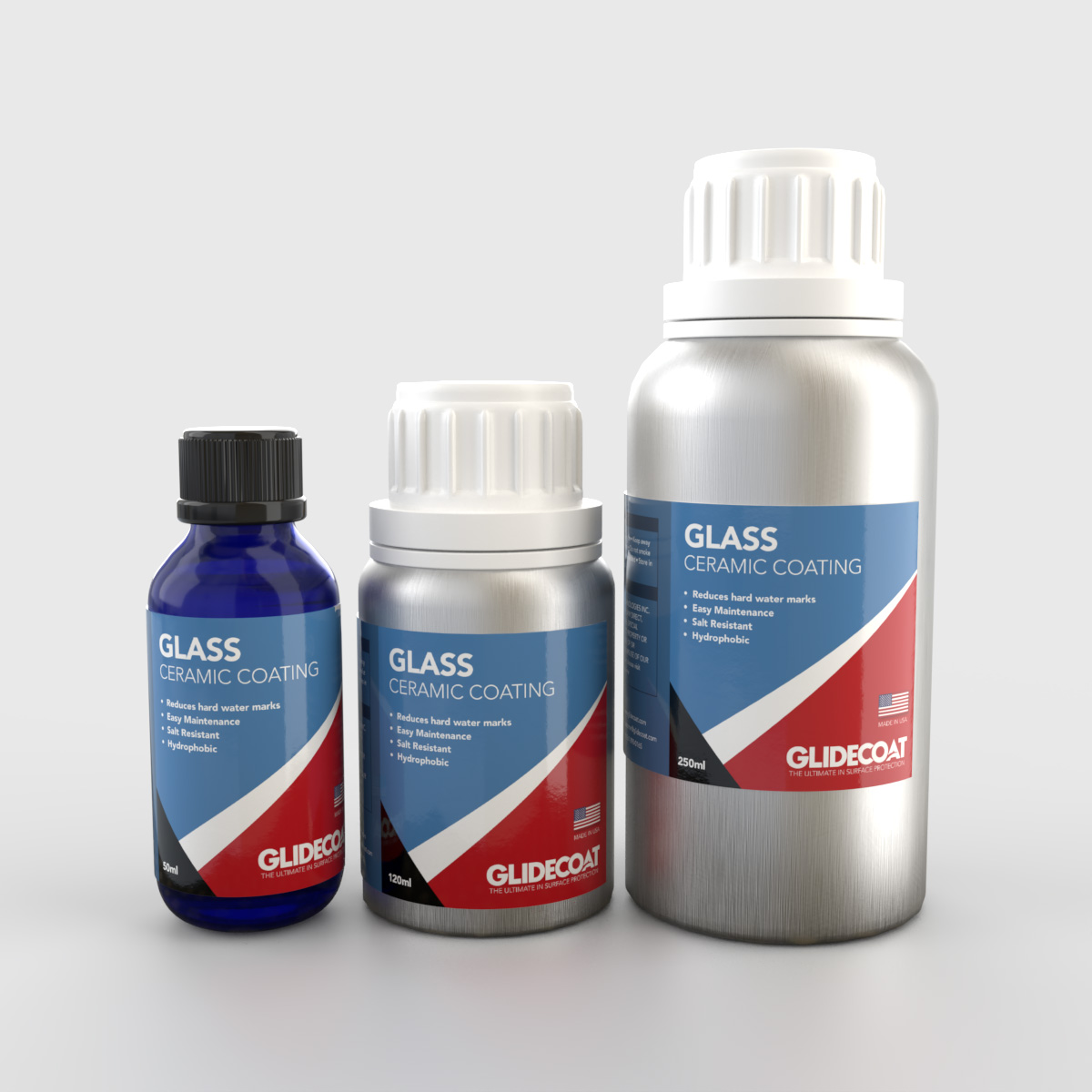The Duty of Ceramic Coating Philadelphia in Avoiding Scrapes and Damages
The Duty of Ceramic Coating Philadelphia in Avoiding Scrapes and Damages
Blog Article
Why Ceramic Coating Is the Ultimate Remedy for a Remarkable End Up
Ceramic layer has arised as a leading solution for those seeking a perfect surface for their lorries, thanks to its remarkable resilience and protective features. What variables absolutely set ceramic finish apart?
What Is Ceramic Finish?

When applied correctly, ceramic finish produces a hydrophobic surface that drives away water and dust, making it simpler to preserve and clean. Unlike traditional waxes or sealants, which commonly provide brief protection, ceramic coatings can last for several years, depending on the product high quality and application approach. The procedure of applying ceramic layer requires meticulous prep work, consisting of comprehensive cleansing and often paint correction, to guarantee optimum bonding and performance.
Ceramic finishings are not restricted to vehicle surfaces; they can additionally be utilized on numerous products, consisting of glass, steel, and plastics, providing a functional remedy for improving defense. On the whole, ceramic layer stands for a significant improvement in surface area defense technology, incorporating both aesthetic and functional benefits for a large range of applications.
Advantages of Ceramic Coating
While many surface area security choices exist, the advantages of ceramic finishing stand apart as a result of its one-of-a-kind residential or commercial properties and lasting efficiency. Among the primary advantages is its exceptional durability. Ceramic Coating Philadelphia. Unlike standard wax or sealants that need regular reapplication, ceramic coatings supply a resilient layer that can last for a number of years, substantially reducing maintenance initiatives
An additional notable advantage is improved security against environmental contaminants. Ceramic layers create a hydrophobic surface that fends off water, dirt, and numerous pollutants, making it easier to cleanse. This function not only maintains the vehicle's look yet additionally reduces the danger of deterioration and oxidation, particularly in rough weather condition problems.
Furthermore, ceramic finishes offer exceptional resistance to UV rays, preventing fading and deterioration of paint gradually. This UV security is crucial for maintaining the visual value of surface areas and vehicles subjected to direct sunshine.
Additionally, the shiny finish achieved with ceramic coating improves the general visual appeal, offering surfaces a showroom-quality luster. On the whole, ceramic finishings stand for a significant advancement in surface defense innovation, providing long-lasting advantages that accommodate both visual and practical demands.
Exactly How It Works
Recognizing the scientific research behind ceramic finishings exposes how they offer such exceptional security and longevity. At its core, a ceramic covering is a liquid polymer that chemically bonds with the automobile's manufacturing facility paint. This bonding produces a protective layer that is both hydrophobic and oleophobic, repelling water, dust, and oil. The primary element of many ceramic coatings is visite site silicon dioxide (SiO2), which is originated from quartz. This substance adds to the finish's solidity and resistance to scrapes, UV rays, and environmental pollutants.
The application process entails multiple steps, including surface area prep work, which is critical to achieving ideal attachment. Once used, the coating undertakes a healing procedure, during which it solidifies and creates a semi-permanent bond with the paint surface area. This bond is what differentiates ceramic layers from typical waxes and sealants, supplying a longer-lasting protective barrier that can sustain for many years.
In addition, the density of the covering can boost its safety high qualities, making sure that it can hold up against severe problems. Eventually, the scientific research of ceramic finishings incorporates innovative materials with ingenious application strategies to provide an unparalleled degree of defense and visual enhancement for lorries.
Contrast With Traditional Techniques
When contrasted to typical paint defense methods such as sealants and waxes,The advantages of ceramic finishes come to be particularly noticeable. While waxes provide a temporary shine, normally lasting a couple of weeks to a number of months, ceramic coverings offer a durable safety layer that can endure for numerous years. This toughness substantially lowers the frequency of reapplication, making ceramic finishings a more cost-effective option in time.
Furthermore, typical approaches click over here now typically call for comprehensive preparation and multiple applications to accomplish a sufficient level of protection. On the other hand, ceramic finishings bond at a molecular degree with the lorry's surface, producing a durable shield versus environmental pollutants like UV rays, acid rainfall, and roadway salts. This bond boosts the lorry's resistance to scrapes and swirl marks, which are common with traditional waxes and sealants.
In addition, the hydrophobic residential properties of ceramic coverings repel water and dust, resulting in much easier cleaning and maintenance. In contrast, wax and sealant-treated surface areas can attract crud, requiring more constant cleaning - Ceramic Coating Philadelphia. Generally, ceramic finishes not only provide premium security yet also deliver a much more visually enticing and enduring surface, developing them as the recommended selection for discerning automobile owners
Application and Upkeep Tips

Using a foam applicator, use the covering in tiny areas, following the manufacturer's standards pertaining to thickness and overlap. Enable adequate curing time in between coats, typically 24-hour, check these guys out to make sure correct bonding. After application, it is crucial to stay clear of direct exposure to water or rough elements for at the very least a week to permit the coating to totally heal.
For maintenance, wash the vehicle regularly with pH-balanced soaps and prevent unpleasant products. Touchless auto laundries are recommended to lessen scratching. Additionally, making use of a ceramic upkeep spray can enhance the coating's hydrophobic residential or commercial properties and longevity. Regular examinations for any type of indicators of wear will assist maintain the finishing's honesty and maintain that excellent surface.
Final Thought
In final thought, ceramic coating arises as a superior choice for achieving a flawless automobile surface. By creating a robust bond with manufacturing facility paint, ceramic finish successfully guards versus scratches, UV rays, and ecological pollutants.

Report this page